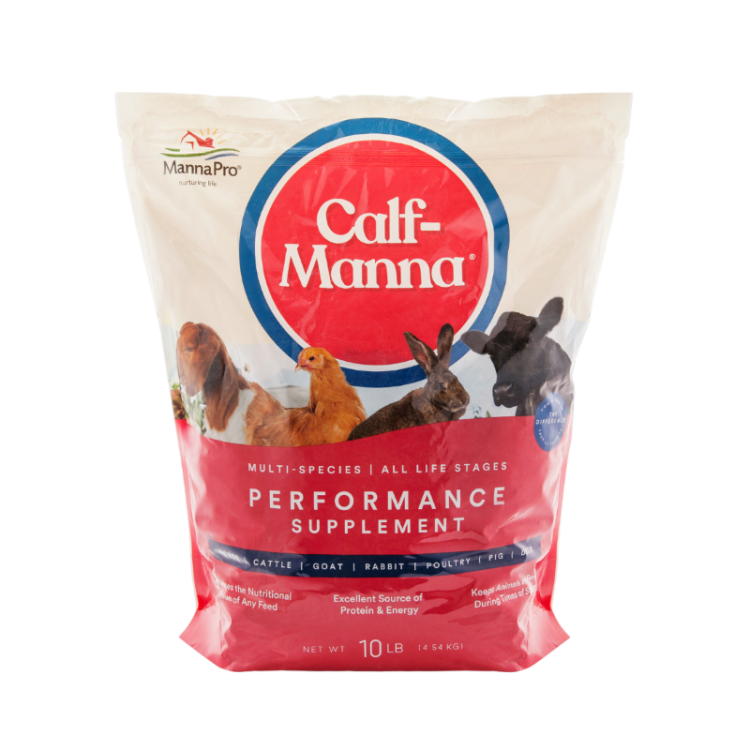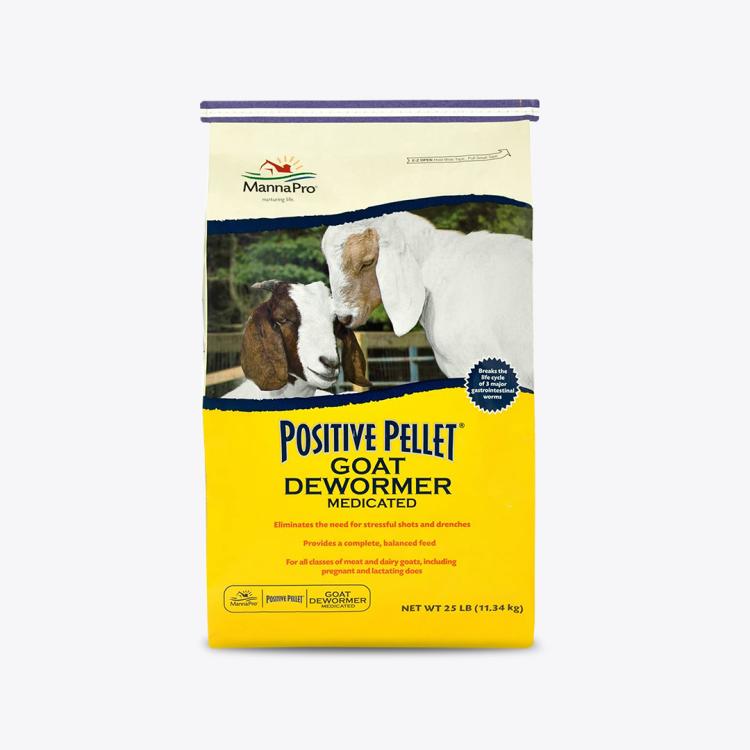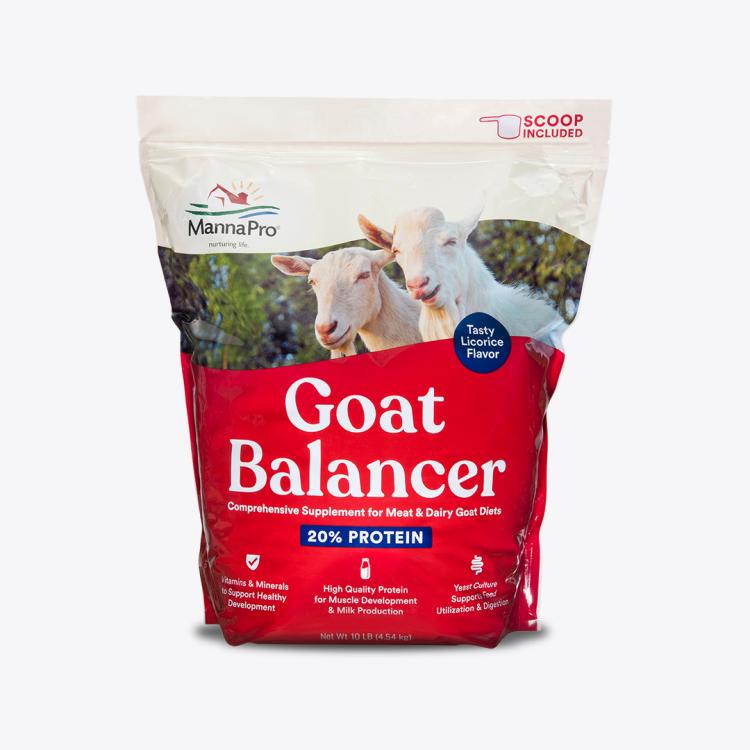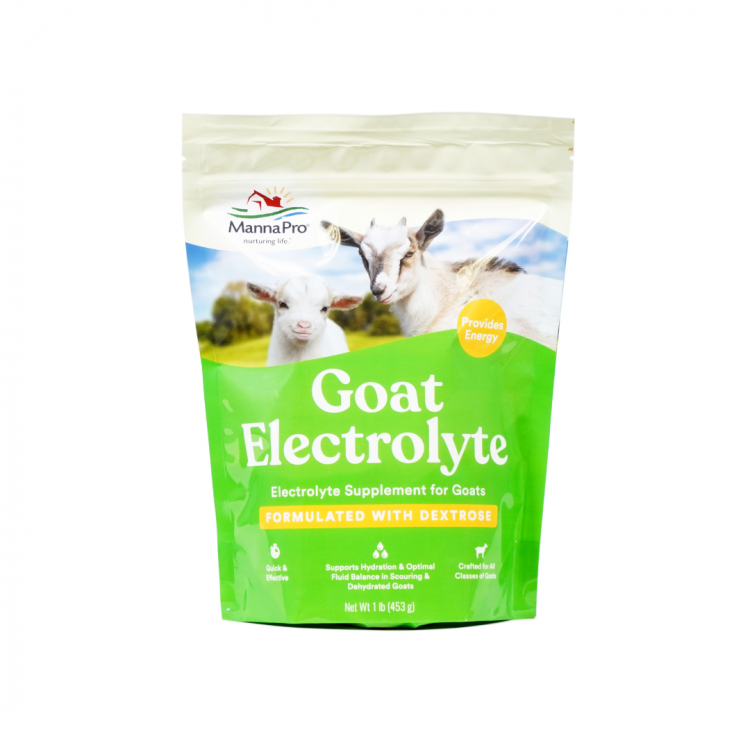Posted by Jennifer Sartell, Professional Homesteader & Blogger, Wed, Oct 7, 2015
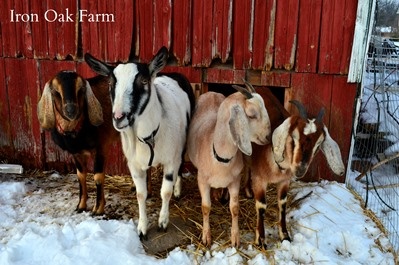
Preparing your herd for winter
Winter can be one of the hardest seasons in which to keep animals. If you can make it through your first winter on a farm and still be joyful about animal husbandry, then you know you’re a farmer at heart! Before we decide to add any animal to our farm, we considered winter and its unique set of obstacles. We ask ourselves these three questions:
- Are we able and willing to safely house this animal from the elements?
- Are we able and willing to provide a constant clean water source?
- Are we able and willing to provide food that will accommodate the animal’s needs throughout the winter?
One of the most important aspects of these three questions is the “willing” part. Before adding animals to your lives, I want you to picture a -5º Fahrenheit winter day. Imagine that it just snowed 14 inches overnight, it’s still dark out and you have to crawl out of bed, bundle up in your snowsuit, shovel the path to the barn, haul buckets of water out to the herd, perhaps milk your does, and distribute hay.

If you’re honest with yourself and know you can do this, then welcome to the world of raising livestock! In my opinion, the work is worth the joy of keeping our goats and I’m sure many of you will agree.
So, now on to the logistics…
Providing Water
If you live in an area where temperatures are below freezing for most of the winter months, then you need to have a plan for preventing your herd’s water from freezing. Our goats refuse to break through even a small amount of ice on the top of the water, so as soon as the temperatures start dropping we get out the heated waterers.
We use plastic pails that hang, found at most animal supply stores. There is a coiled heating element in the bottom of the pail. The cord is wound in a spiral of wire to prevent chewing and electrocution. We hang the pails on the outside of the stalls, and the goats have to put their heads through the fence rails to get a drink.
Keeping the water outside the goat area prevents them from chewing the wire or heating element, or bumping or unplugging the bucket. When mixing goats and any type of plugs/wires/electricity, use extreme caution. Goats love to chew and can be very rambunctious and destructive. Accidents can happen very easily, so take lots of precautions. Check waterers often to make sure they are working properly.
The second thing to consider is how you are going to get water to your goats in the winter. We have to empty out and wind up our hoses that run to the barn in the wintertime or else they’ll freeze and crack. If you have a large enough herd, it might be beneficial to run a water system under the freeze level out to your goat area. If that’s not possible, then you will have to bring water to your herd at least twice a day from the house.
We fill several 5-gallon buckets with lids from our rear bathroom bathtub and haul them out on a wagon or sled if there’s snow accumulation.
Power Outages
Ice storms, blizzards, freezing rain… we lose our power a lot in the wintertime. Unfortunately, that means we also don’t have water, as an electric pump runs our well.
Have a plan for power outages. We have a generator that keeps our heated waterers and well running, but if that’s not in your budget then you might need to install a hand pump. At the very least, store some water in your basement or crawl space for emergencies and be prepared to take the ice off the pails several times a day.
Shoveling Paths to the Barn
Also think about how your yard is set up. Do you get a lot of snowfall in your area? You’ll have to make paths to get out to the barns and outbuildings where your herd lives. Can you hand-shovel it? Or would a snowblower be a better choice in your situation?
Also, if you are constructing a goat shelter from scratch, think about placement in relation to the house. Can you easily run extension cords, haul water, etc.?
Hay
The second most important thing for which you need to prepare is finding a source of hay that will last you through the winter until the new hay is cut.
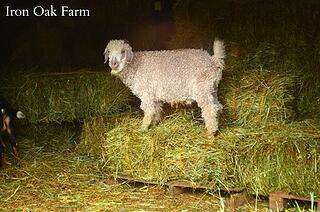
We are blessed in that we have our own hay field that we hay ourselves. We store our hay harvest in our barn, away from the elements, and it lasts us through the winter.
If you don’t hay your own field, then you will need to source your hay. You should have a rough idea of how much your herd consumes through the summer months, then add about a third to that count. Goats eat more hay in the winter because they don’t have access to pasture. They also expend more energy trying to keep warm. If you have a clean dry area away from your goats in which to store your hay, then I recommend stocking up for the winter before the seasons change. I don’t recommend buying what you need week to week; in our area, hay can run out, especially in the spring before the first cutting.
If you don’t have the space to store hay for the entire winter, work with a hay farmer (or several) and be willing to pay them in advance to hold your hay throughout the winter.
Storing Hay
Hay should be stored in a clean, dry, ventilated space. DO NOT stack damp hay, as it can begin to compost and has been known to heat up and even become a fire hazard.
If you have a dirt floor barn, raise the first layer of hay off the ground using 4x4 boards or pallets. The ground will draw moisture and cause mold. DO NOT feed moldy hay to goats.
Minerals
Goats need mineral supplements year-round, but especially in the winter when they aren’t eating fresh green pasture. Manna Pro® Goat Mineral is an excellent vitamin and mineral supplement formulated specifically for goat health. It can be fed on a free-choice basis and is terrific when it comes to fostering optimal reproduction and show appearance.
We also feed Manna Pro Goat Balancer once or twice a week to give our herd the boost and balance they need in their diets.
We also add a handful of black oil sunflower seeds to the grain ration in the winter. The seeds offer healthy fats, lend needed oils to the skin and coat, and help produce lanolin in our fiber goats, which helps protect their fiber and skin from the elements.
You can also offer your goats healthy, goat-appropriate kitchen scraps or goat treats. Pumpkin is a wonderful healthy treat as are Manna Pro Goat Treats, a nutritious snack for goats of all ages!
The Elements
When it comes to farm animals, goats are rather sturdy creatures; however, we believe that the more care and compassion you invest in your animals, the healthier and happier they will be, leading to better production and fewer problems.
Before winter, we do everything possible to button up our barn and keep our goats safe and warm. We put plywood against the west side of the barn, where the wind hits the hardest. We also make sure they have a fresh clean layer of straw on which to lie at all times.
We practice the deep-litter method with our herd. Once the cold begins, we continue to layer clean straw on top of old straw. The straw underneath begins to compost and release heat that keeps the barn nice and toasty. When using the deep-litter method, be sure you’re creating an area of ventilation when blocking drafts.
In the spring, the whole barn is mucked out and under the clean straw layer is rich, usable compost that we put into our garden.
Know a Bit About the Region Your Goat Breed Comes From
We raise Angora goats, Alpines and Nubians. Angora goats grow a thick wool coat similar to that of sheep. This mohair keeps our Angora goats warm in the winter. Alpines are from the Alps, so this breed of goat is used to a cooler climate. Nubians, on the other hand, are from Africa. While our Nubians handle changes in temperature rather well, we do keep in mind that they may not be as adaptive when it comes to cold weather.
Keep Them Dry
Maybe more important than warmth is dry shelter. Damp, wet shelter is a perfect recipe for pneumonia. We just roofed our barn to stop leaks and keep our hay harvest nice and dry.
Some Things to Think About Before Winter Hits
If you raise Angora goats, they should be shorn twice a year. We shear in March and September. Be sure to shear about a month before your predicted frost date for your area. This will give the goat ample time to regrow enough of a fleece to keep warm during the cold weather.
Breeding Plan
Fall is breeding season. Get out your calendar and decide when would be a good time for goat babies to arrive. Goat gestation lasts about five months. We introduce our bucks on Halloween each year for April babies.
Source a buck for stud service if you don’t keep your own.
Keep an eye on your does for signs of heat.
With a little preparation and a plan, raising goats in winter can be a rewarding experience. Many nights Zach and I bundle up and go sit out in the straw with our herd. The goats love to curl up with us and snuggle in the warm barn. It’s a great season to get to know your goats on a more intimate level. If winter is getting you down, there’s always the promise of spring… when all the babies help you forget the struggles of winter. It’s a wonderful sort of amnesia that continues the cycle of life on a farm.
